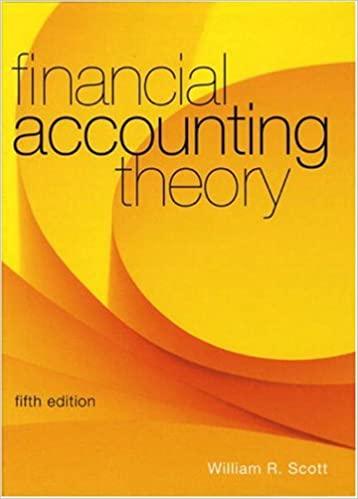Question
Need step by step to understand it. 1. Costs associated with two alternatives, code-named Q and R, being considered by Corniel Corporation are listed below:
Need step by step to understand it.
1. Costs associated with two alternatives, code-named Q and R, being considered by Corniel Corporation are listed below: a. Which costs are relevant and which are not relevant in the choice between these two alternatives? b. What is the differential cost between the two alternatives?
2. Foulds Company makes 10,000 units per year of a part it uses in the products it manufactures. The unit product cost of this part is computed as follows: An outside supplier has offered to sell the company all of these parts it needs for $42.30 a unit. If the company accepts this offer, the facilities now being used to make the part could be used to make more units of a product that is in high demand. The additional contribution margin on this other product would be $39,000 per year. If the part were purchased from the outside supplier, all of the direct labor cost of the part would be avoided. However, $6.40 of the fixed manufacturing overhead cost being applied to the part would continue even if the part were purchased from the outside supplier. This fixed manufacturing overhead cost would be applied to the company's remaining products.
a. How much of the unit product cost of $47.90 is relevant in the decision of whether to make or buy the part? b. What is the net total dollar advantage (disadvantage) of purchasing the part rather than making it? c. What is the maximum amount the company should be willing to pay an outside supplier per unit for the part if the supplier commits to supplying all 10,000 units required each year?
3. Jerston Company has an annual plant capacity of 3,000 units. Data concerning this product are given below: The company has received a special order for 500 units at a selling price of $45 each. Regular sales would not be affected, and sales commissions on the 500 units would be reduced by one-third. This special order would have no impact on total fixed costs. Determine whether the company should accept the special order. Show all computations.
Chapter 12 Solutions to Sample exam questions:
1.
| 2. a. Relevant cost per unit: | 2.b. Net advantage (disadvantage): |
| 2.c. Maximum acceptable purchase price: | 3.
|
Step by Step Solution
There are 3 Steps involved in it
Step: 1

Get Instant Access to Expert-Tailored Solutions
See step-by-step solutions with expert insights and AI powered tools for academic success
Step: 2

Step: 3

Ace Your Homework with AI
Get the answers you need in no time with our AI-driven, step-by-step assistance
Get Started


